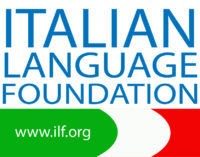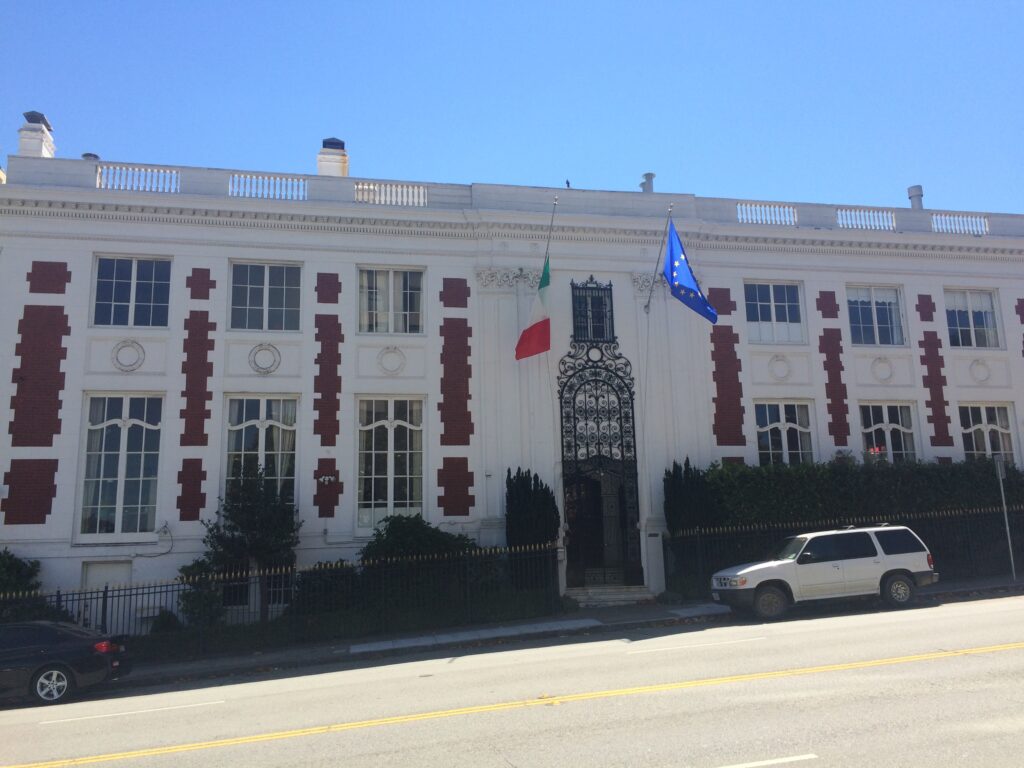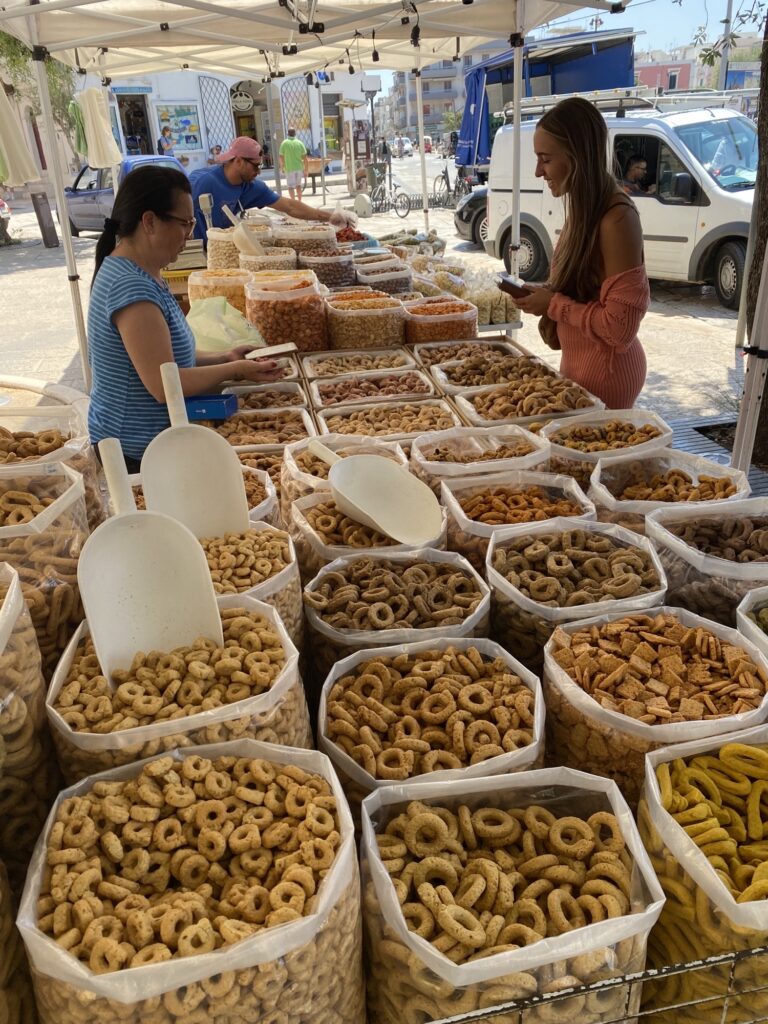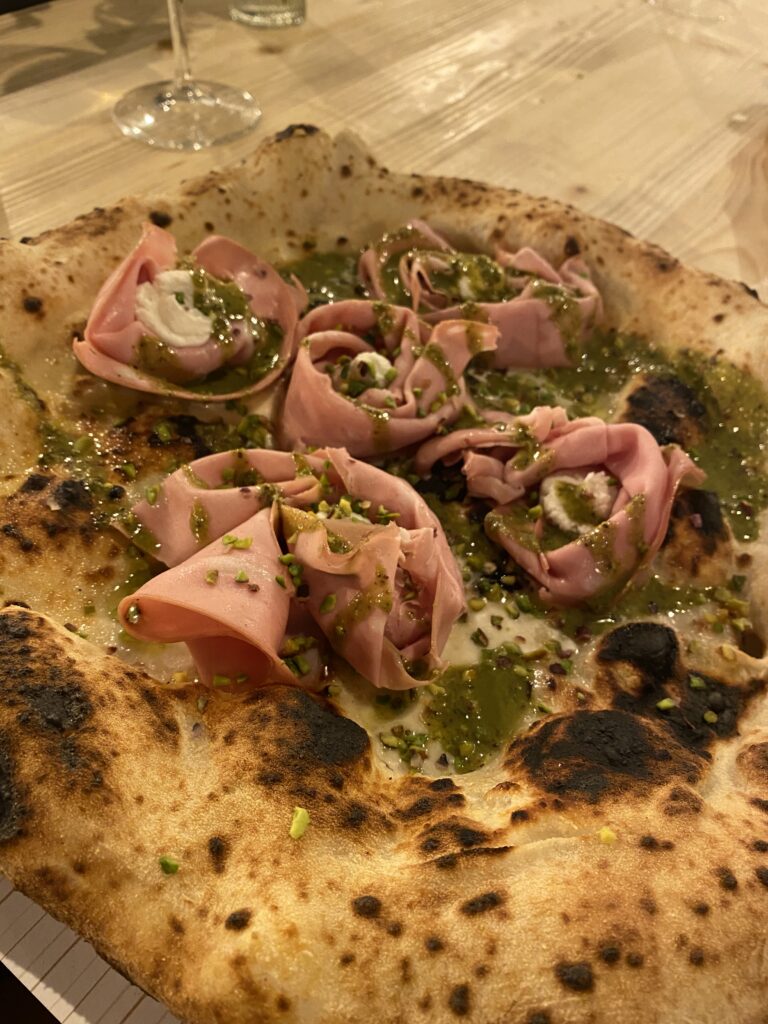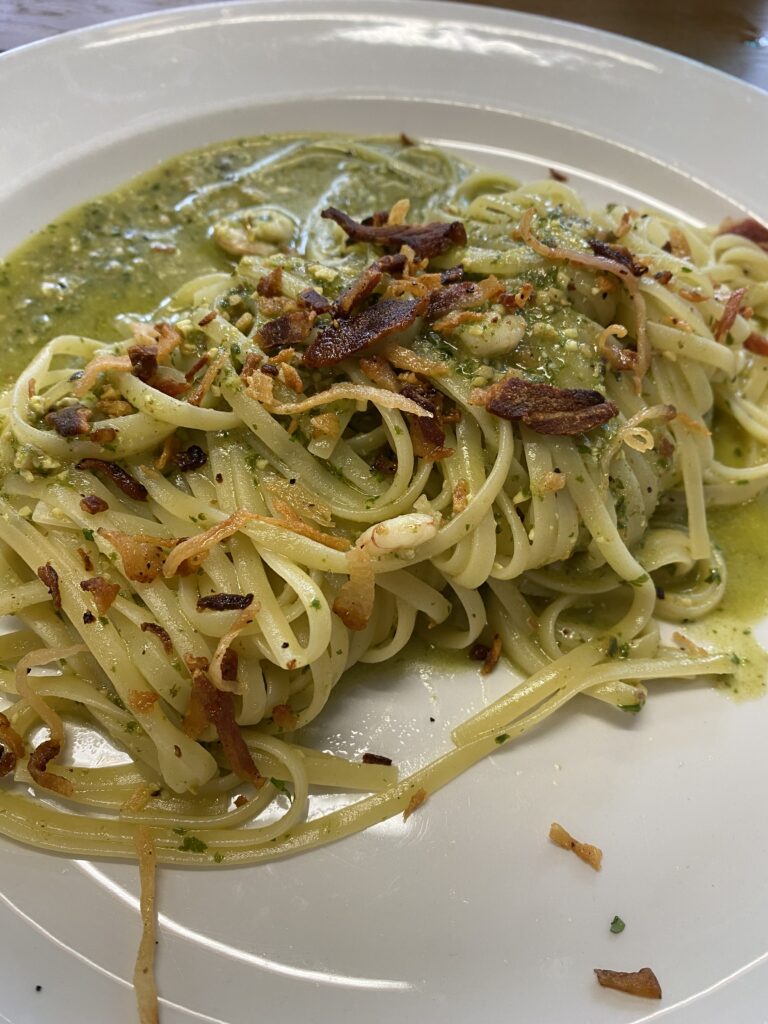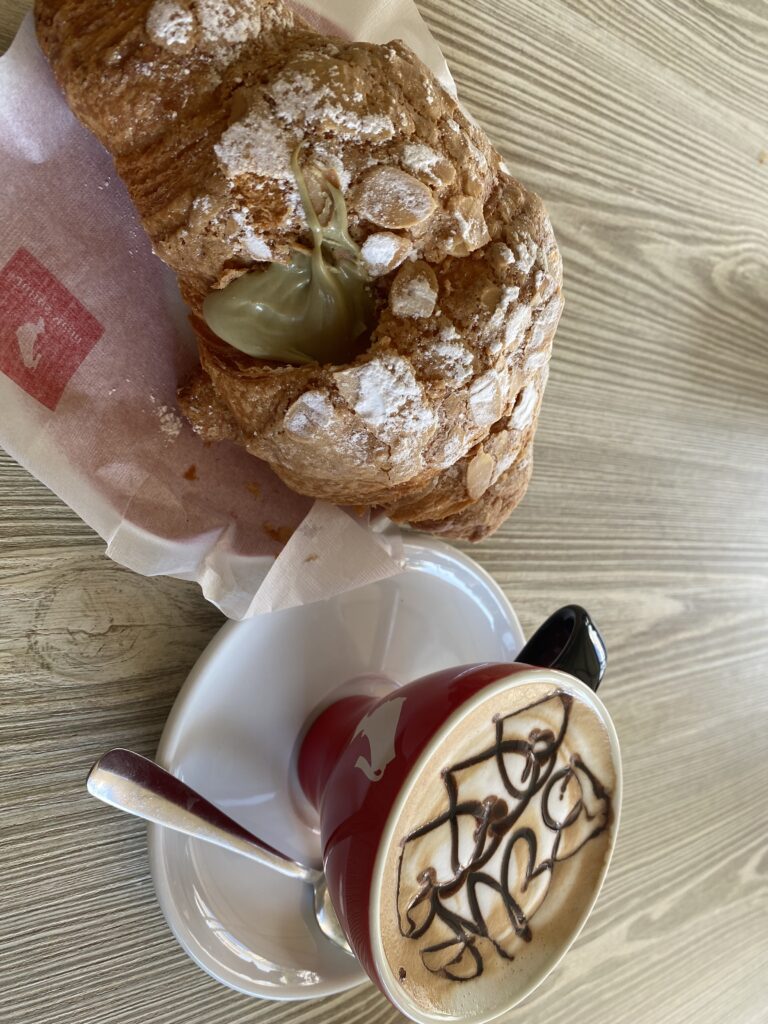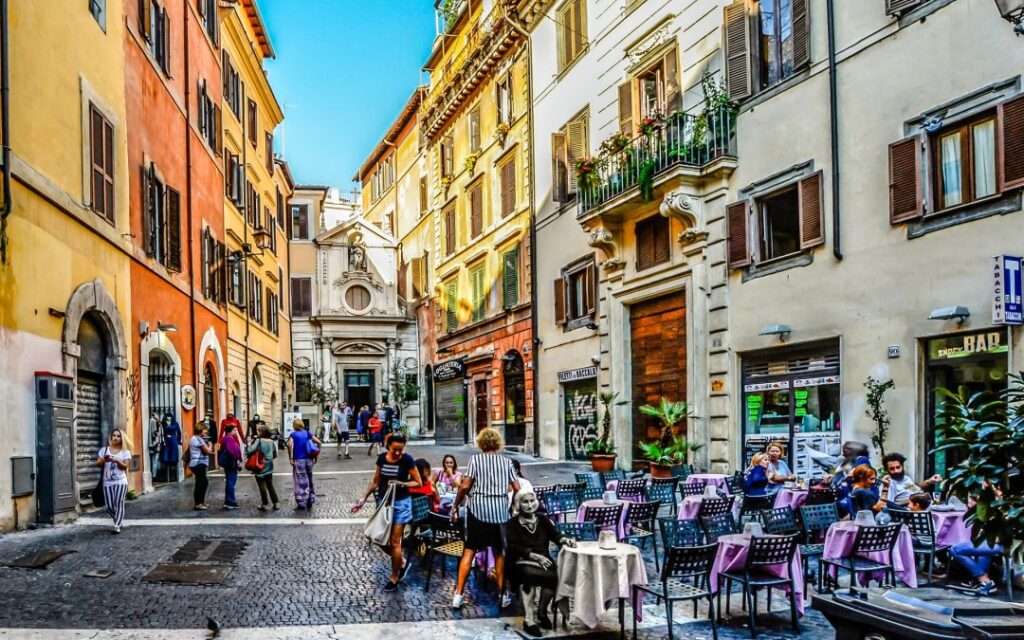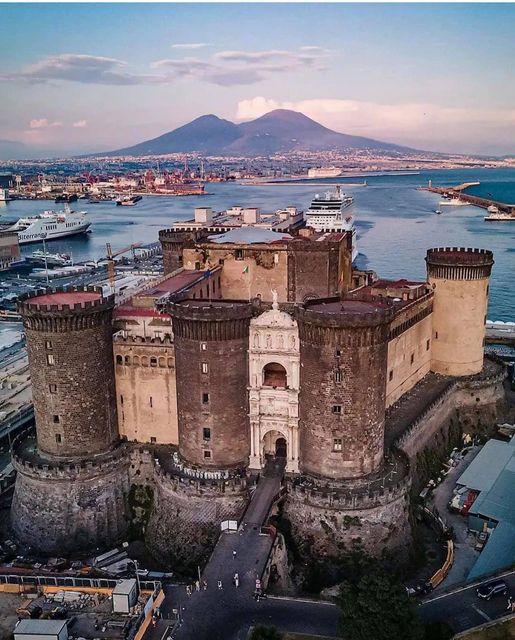The Pinocchio Papers – How a 150-year-old Italian puppet became an icon for our times
Il motivo che ha spinto Anna Kraczyna a dare vita a una nuova e traduzione commentata de Le avventure di Pinocchio, pubblicata nel 2022 da Penguin Classics, è stato quello di restituire al libro il suo vero messaggio e salvarlo sia dalla sua disneyficazione che da una serie di malintesi: quello di considerato letteratura solo per bambini, e una storia di ammonimento sulle bugie. Le avventure di Pinocchio è un libro con molti livelli di significato. In superficie il racconto, in cui le bugie non hanno assolutamente un ruolo centrale, è davvero una storia per bambini, che la trovano ora esilarante, ora terrificante. Ma appena sotto la superficie si tratta di una satira ironica su molte caratteristiche distintive degli italiani che sono vere oggi come lo erano all’epoca in cui Carlo Collodi scrisse il libro. Ma a un livello ancora più profondo porta con sé altri messaggi più importanti e urgenti, universali e essenziali in ogni tempo e luogo, che forse spiegano perché artisti di ogni tipo rivisitano la storia più e più volte. Il tema centrale di Le Avventure, infatti, è l’importanza cruciale dell’istruzione come requisito indispensabile per essere veramente umani. E una volta che siamo veri esseri umani, gli altri non possono manovrarci. Quale messaggio, di questi tempi, potrebbe essere più profondamente attuale di questo?
Anna è anche coautrice di un articolo per il New York Times sui veri messaggi de Le avventure di Pinocchio.
What prompted Anna Kraczyna to give life to a new and annotated translation of The Adventures of Pinocchio, published in 2022 by Penguin Classics, was to restore to the book its true message and rescue it from Disneyfication and a series of misunderstandings–being considered as literature only for children, and as a cautionary tale about lying. The Adventures of Pinocchio is a book with many levels of meaning. On the surface the tale, to which mendacity is in no way central, is indeed a story for children–and one they find hilarious and terrifying by turns. But just below the surface it is a wry satire on many defining characteristics of the Italians that are as true today as they were at the time in which Carlo Collodi wrote the story. But at an even deeper level it carries other more important and urgent messages that are universal and of the essence in every time and place, which may explain why artists of all kinds revisit the story over and over again. The core theme of The Adventures, in fact, is the crucial importance of education as what it takes to be truly human. And once you are a true human being, others can no longer pull your strings. What message, in these times, could be more ardently relevant than that?
In 2019 Anna also coauthored an article for The New York Times on the true messages of The Adventures of Pinocchio.
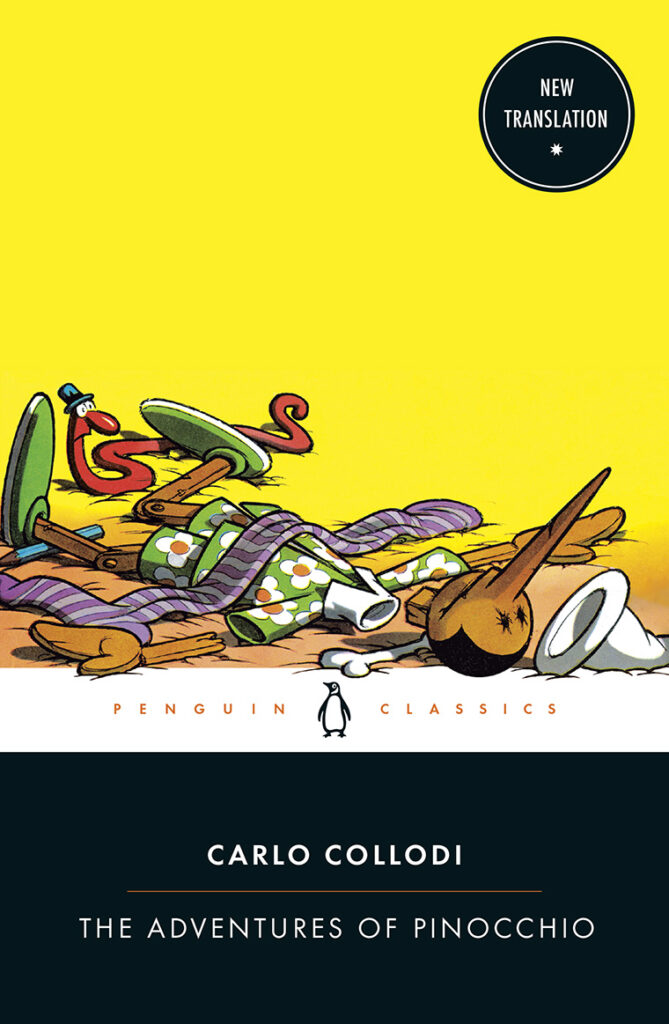
Breve biografia
Anna Kraczyna tiene lezioni di lingua e cultura italiana presso college e università statunitensi (tra cui Sarah Lawrence College e Stanford University) nella sua città natale Firenze.
Inoltre tiene conferenze sul vero messaggio de Le avventure di Pinocchio e su ciò che dice degli italiani presso università e altre organizzazioni sia in Italia che negli Stati Uniti.
La traduzione commentata di Le avventure di Pinocchio di Kraczyna per Penguin Classics ha ottenuto elogi da una vasta gamma di pubblicazioni importanti tra cui Times Literary Supplement, Smithsonian Magazine, The Atlantic, London Sunday Times, The New Yorker e The Economist.
Kraczyna è anche coautrice di un articolo per il New York Times Book Review sul capolavoro di Collodi.
Bio
Anna Kraczyna lectures on Italian language and culture in American colleges and universities (among which Sarah Lawrence College and Stanford University) in her native Florence, Italy.
She also lectures on the true message of The Adventures of Pinocchio and what it says about Italians at universities and other organizations both in Italy and in the USA.
Kraczyna’s annotated translation of The Adventures of Pinocchio for Penguin Classics has won praise from a wide range of leading publications including the Times Literary Supplement, Smithsonian Magazine, The Atlantic, the London Sunday Times, The New Yorker, and The Economist. Kraczyna has co-authored an article for The New York Times Book Review on Collodi’s masterpiece.
Recensioni
“Una gustosissima nuova traduzione.” ―The Economist
“I traduttori . . . rendono giustizia alla storia con annotazioni penetranti e la convincente introduzione. . . Pinocchio può catturare anche l’interesse di qualsiasi adulto disposto a farsi prendere dal ricco arazzo di simbolismo, archetipi e strati di significato della storia.” ―PopMatters
“Molto vivace . . . Una bella traduzione per molti aspetti, e adoro il modo in cui mette in risalto l’italianità, e mi piace la sua forza. È ottima.” ―Ann Hallamore Caesar, The TLS Podcast
“Un romanzo complesso e inquietante, distante miglia e miglia dal racconto morale che è diventata la storia di Pinocchio. . . Pinocchio nasconde una vena di ingiustizia sistemica e di profondo tradimento. . . Intriso di critica sociale e umorismo pessimistico, può essere letto, tra le altre cose, come un attacco irriverente all’autorità costituita.” —The Atlantic
“Uno sforzo per recuperare lo spirito del romanzo originale, in particolare come qualcosa di distinto dal cartone animato Disney con cui i più hanno familiarità. . . L’obiettivo degli autori . . . è… dimostrare, ancora una volta, che Pinocchio è molto più di una semplice favola per bambini.” ―The Week in Italy
(Traduzioni di Anna Kraczyna)
Praise
“A zingy new translation.” ―The Economist
“The translators . . . do justice to the story with their insightful annotations and cogent introduction. . . Pinocchio can also grab the interest of any adult willing to engage with the story’s rich tapestry of symbolism, archetypes, and layers of meaning.” ―PopMatters
“Very lively . . . A fine translation in many ways, and I love the way it brings out the Italianness, and I do like the punch of it. It’s great.” ―Ann Hallamore Caesar, The TLS Podcast
“A complex, unsettling novel—miles away from the morality tale that Pinocchio’s story has become . . . Pinocchio harbors a strain of systemic injustice and deep betrayal. . . Imbued with social criticism and pessimistic humor, [it] can be read, among other things, as an irreverent attack on established authority.” —The Atlantic
“An effort to reclaim the spirit of the original, particularly as something distinct from the animated Disney cartoon that most are familiar with . . . Their goal . . . is … to demonstrate, once again, that Pinocchio is far more than just a children’s story.” ―The Week in Italy
Articoli in cui si parla della traduzione commentata di Le avventure di Pinocchio
The New Yorker, How Carlo Collodi’s puppet took on a life of its own, by Joan Acocella, June 6th 2022
https://www.newyorker.com/magazine/2022/06/13/the-transformations-of-pinocchio
Smithsonian Magazine, Who was Pinocchio’s Mysterious Blue-Haired Fairy? By Antonia Mufarech, May 24th 2022
Smithsonian Magazine, The Real Story of Pinocchio Tells No Lies, by Perri Klass, May 24th 2022
https://www.smithsonianmag.com/travel/the-real-pinocchio-180980027/
Times Literary Supplement, A fairy tale, but with strings attached, by Ann Hallamore Caesar, February 18th 2022
The Atlantic, The Politics of Pinocchio, by Anna Momigliano, September 12th 2022
https://www.theatlantic.com/books/archive/2022/09/-pinocchio-carlo-collodi-book-disney-movie/671417/
The Economist, Pinocchio is the hero of our time, by Andrew Miller, October 27th 2022
Lit Hub, Is the Original Pinocchio Actually About Lying and Very Long Noses? By John Hooper and Anna Kraczyna September 14th 2021
https://lithub.com/is-the-original-pinocchio-actually-about-lying-and-very-long-noses/
The New York Times, Globetrotting (preview of books in translation coming out in 2021) September 27th, 2021
https://www.nytimes.com/interactive/2021/books/new-books-international.html
Sunday Times, On the Pinocchio Trail in Magical Florence, by Sarah Marshall, September 11th 2022
https://www.thetimes.co.uk/article/on-the-pinocchio-trail-in-magical-florence-62fqwwd08
La Voce di New York, Penguin’s New Translation of Pinocchio Aims to Recapture Collodi’s Original, by Lucy Gordan, October 13th 2021
The week in Italy, The Storm before the Calm, by Jamie Mackay, October 7th 2021
https://theweekinitaly.substack.com/p/the-storm-before-the-calm
The Italian Riveter, Edition Ten, April 2022 Pinocchio for Adults, by John Hooper and Anna Kraczyna https://www.eurolitnetwork.com/wp-content/uploads/2022/04/ITALIAN-RIVETER-DOWNLOAD.pdf
PopMatters, More than a Nose that Grows: A New Translation of ‘Pinocchio’, May 16th 2022
https://www.popmatters.com/carlo-collodi-adventures-pinocchio-penguin
Metro.co.uk, The shocking original Pinocchio story, and the tragic childhood that inspired it, by David Alexander, November 9th 2022
The Florentine, Bringing Pinocchio back to Tuscany, by Antonia Mufarech, February 3rd 2022
https://www.theflorentine.net/2022/02/03/bringing-pinocchio-back-to-tuscany/
International Journal of Anthropology, Dec 15, 2021, Angelo Pontecorboli Editore, Firenze
The Italian-Ness of Carlo Collodi’s The Adventures of Pinocchio, by John Hooper and Anna Kraczyna https://pontecorbolipress.com/journals/index.php/ija/article/view/165
Articles on Kraczyna’s annotated translation of The Adventures of Pinocchio
The New Yorker, How Carlo Collodi’s puppet took on a life of its own, by Joan Acocella, June 6th 2022
https://www.newyorker.com/magazine/2022/06/13/the-transformations-of-pinocchio
Smithsonian Magazine, Who was Pinocchio’s Mysterious Blue-Haired Fairy? By Antonia Mufarech, May 24th 2022
Smithsonian Magazine, The Real Story of Pinocchio Tells No Lies, by Perri Klass, May 24th 2022
https://www.smithsonianmag.com/travel/the-real-pinocchio-180980027/
Times Literary Supplement, A fairy tale, but with strings attached, by Ann Hallamore Caesar, February 18th 2022
The Atlantic, The Politics of Pinocchio, by Anna Momigliano, September 12th 2022
https://www.theatlantic.com/books/archive/2022/09/-pinocchio-carlo-collodi-book-disney-movie/671417/
The Economist, Pinocchio is the hero of our time, by Andrew Miller, October 27th 2022
Lit Hub, Is the Original Pinocchio Actually About Lying and Very Long Noses? By John Hooper and Anna Kraczyna September 14th 2021
https://lithub.com/is-the-original-pinocchio-actually-about-lying-and-very-long-noses/
The New York Times, Globetrotting (preview of books in translation coming out in 2021) September 27th, 2021
https://www.nytimes.com/interactive/2021/books/new-books-international.html
Sunday Times, On the Pinocchio Trail in Magical Florence, by Sarah Marshall, September 11th 2022
https://www.thetimes.co.uk/article/on-the-pinocchio-trail-in-magical-florence-62fqwwd08
La Voce di New York, Penguin’s New Translation of Pinocchio Aims to Recapture Collodi’s Original, by Lucy Gordan, October 13th 2021
The week in Italy, The Storm before the Calm, by Jamie Mackay, October 7th 2021
https://theweekinitaly.substack.com/p/the-storm-before-the-calm
The Italian Riveter, Edition Ten, April 2022 Pinocchio for Adults, by John Hooper and Anna Kraczyna https://www.eurolitnetwork.com/wp-content/uploads/2022/04/ITALIAN-RIVETER-DOWNLOAD.pdf
PopMatters, More than a Nose that Grows: A New Translation of ‘Pinocchio’, May 16th 2022
https://www.popmatters.com/carlo-collodi-adventures-pinocchio-penguin
Metro.co.uk, The shocking original Pinocchio story, and the tragic childhood that inspired it, by David Alexander, November 9th 2022
The Florentine, Bringing Pinocchio back to Tuscany, by Antonia Mufarech, February 3rd 2022
https://www.theflorentine.net/2022/02/03/bringing-pinocchio-back-to-tuscany/
International Journal of Anthropology, Dec 15, 2021, Angelo Pontecorboli Editore, Firenze
The Italian-Ness of Carlo Collodi’s The Adventures of Pinocchio, by John Hooper and Anna Kraczyna https://pontecorbolipress.com/journals/index.php/ija/article/view/165
